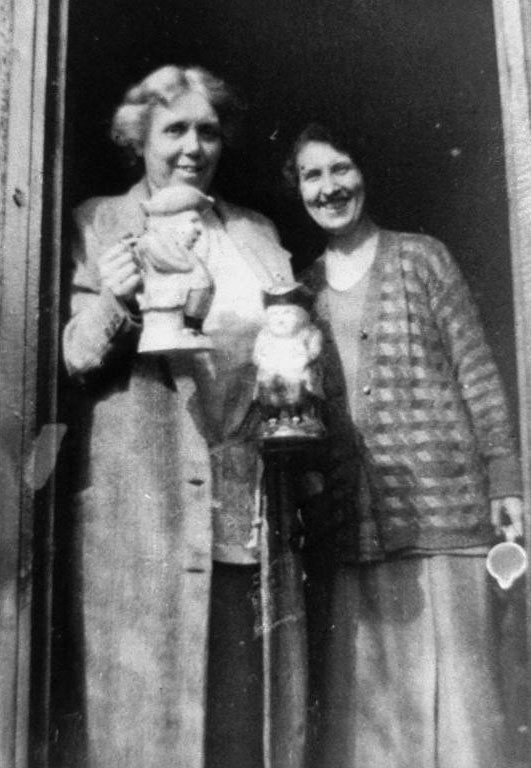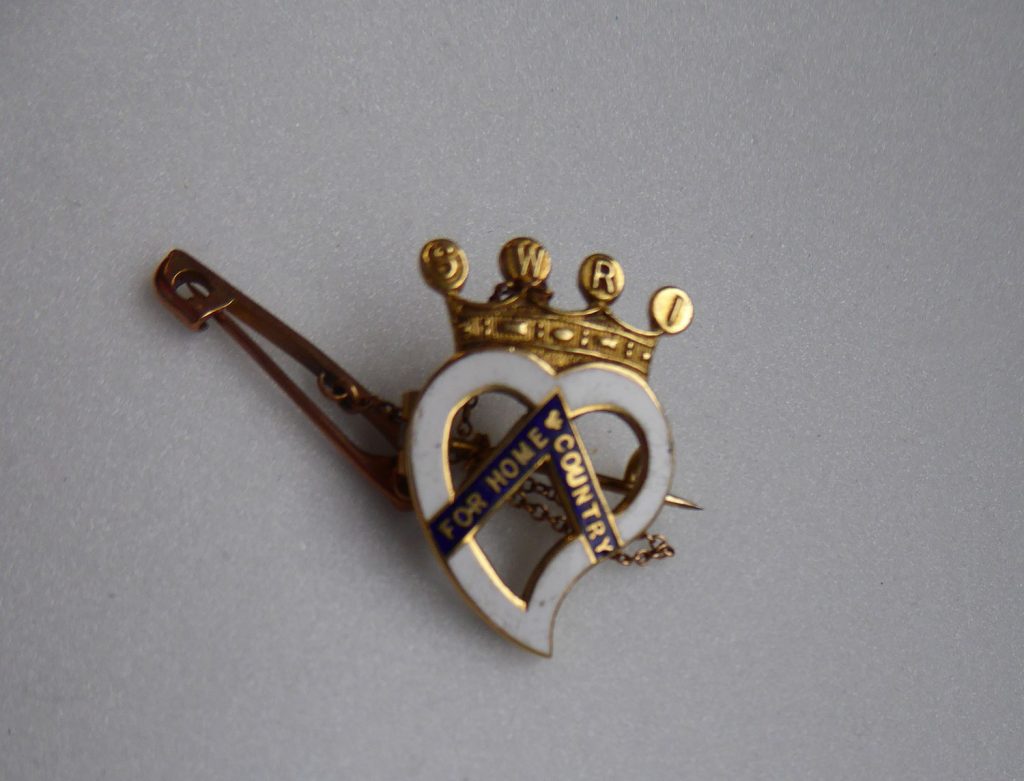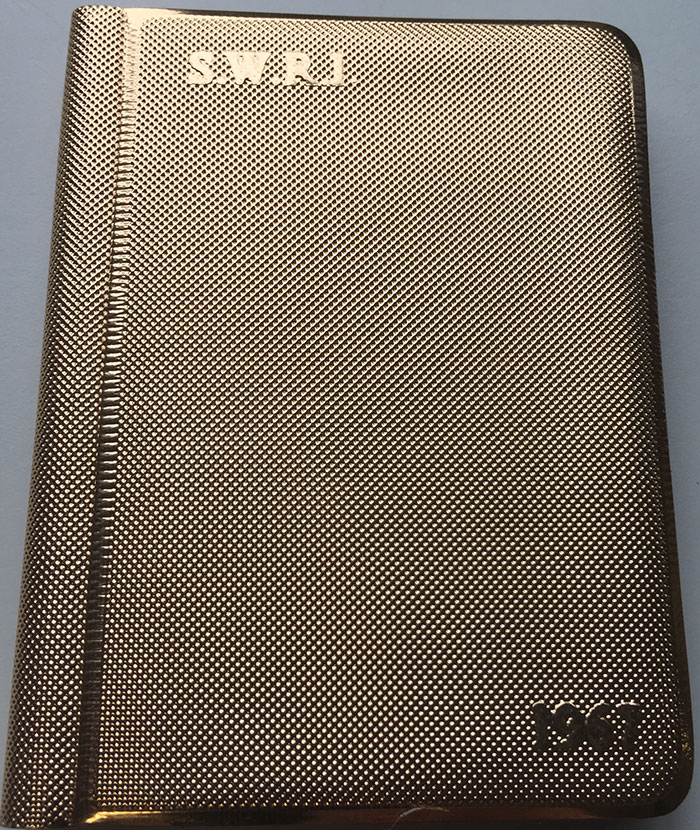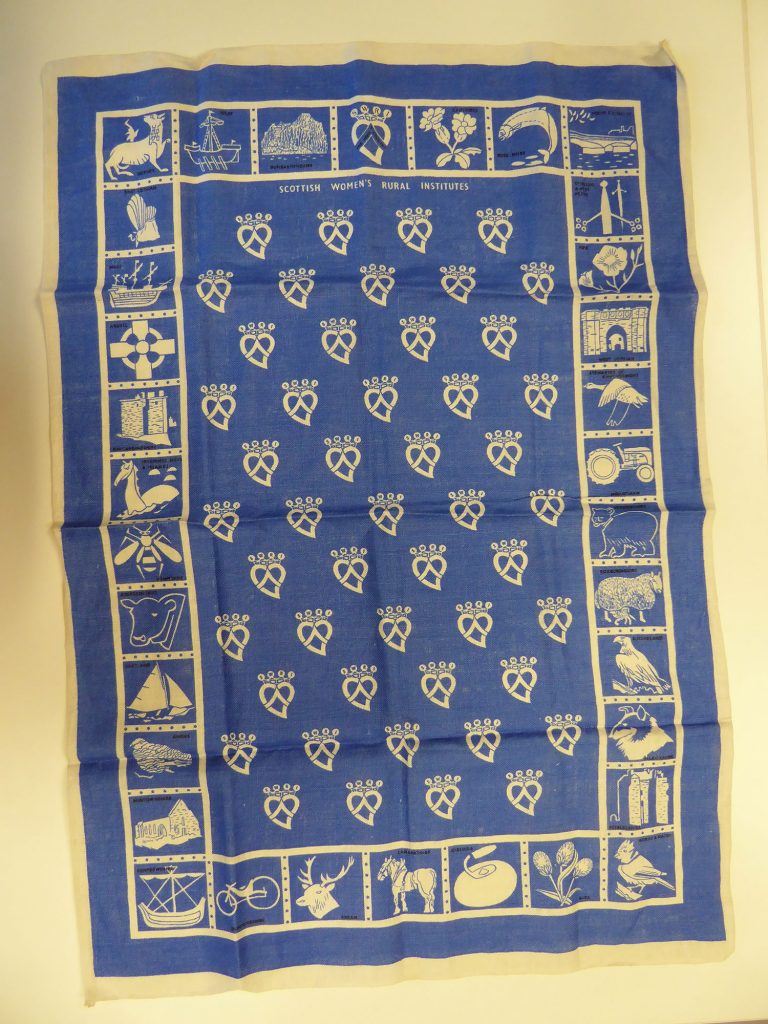The Scottish Women’s Institute (SWI) is celebrating its centenary this year. I am in the process of cataloguing a collection of letters, newspaper cuttings, magazines and objects gifted to National Museums Scotland by the late Mrs Elizabeth Barclay. She was the SWRI’s Housewives and Handicrafts (organising) Secretary c. 1986 – 1993. The collection provides a rich commentary of social history in the early 20th century.

The earliest letter in the collection, dated 1913, is written by Mrs Catherine Blair on a letterhead of the “Women’s Social and Political Union – Votes for Women”. It was sent to Miss Nannie Brown of Edinburgh, also a member of the suffrage movement. Miss Brown was one of a group of suffragettes who marched from Edinburgh to Selby in 1916 and appears in one of the newspaper cuttings in the collection.

Both women were founding members of the SWRI (Scottish Women’s Rural Institute). Mrs Catherine Blair became the first president of the SWRI at its formation in Longniddry in 1917 and Miss Nannie Brown became area organiser. With such strong characters at the helm, it is unsurprising that so many SWRIs were established throughout Scotland within an impressively short period of time.
In 1919, the SWRI badge was designed by Glamis Institute and approved by Conference delegates. The organisation’s initials are set on the crown of the badge and their moto “For Home and Country” set into the design. It is modelled on a crowned heart-shaped brooch thought to be worn by Mary Queen of Scots who had an ‘M’ insert. It also resembles Luckenbooth brooches given as love tokens or lucky charms for warding off witches.

There are over one hundred letters in the collection. Many relate to the everyday business of the Institute and its branches, such as arranging speakers for meetings, discussing programs for the following year, etc. One of my personal favourites offers a lovely glimpse into the life of a Scottish woman living on a mission in Mount Ayliff, South Africa. Her account of the reality of everyday life for many European women living in the villages in the 1930s reveals how narrow their outlook on life had become. She was instrumental in setting up a Women’s Institute to promote activities and a sense of community for these women.
Another letter, closer to home, suggests friction within the Golspie Branch of the SWRI. The author of the letter writes that members were not “pulling together” and “were always wrangling about something”!

The collection includes numerous newspaper cuttings, documenting all aspects of the SWRI. The articles, many of them written by members, highlight aspects of the SWRI that are perhaps not so well known. Costume dramas were a regular feature of SWRI branches and there are some fabulous images in the newspaper cuttings. I was unaware of the social issues addressed by the SWRI in the early decades of the 20th century, these included lack of rural housing and the education of women.

Since 1924 the SWRI has published its own magazine, ‘Scottish Home and Country’. The collection at National Museums Scotland includes a small selection of magazines from 1924 until 2009. It is a wonderful source for time travelling through the decades. The magazines document the changes in design, fashion, recipes, technology, social change and social issues.

The National Museums’ SWRI collection relates from early to mid 20th century. In 2015, the SRWI relaunched itself as SWI and now reaches audiences through social media. They continue to champion arts and crafts, education and current affairs and so much more.
Find out more at SWI website: www.theswi.org.uk.